The markets in China were in free fall today on fears on the impact of the spread of coronavirus, and more importantly, imposition of strict covid zero policy and lockdowns. Beijing is the believed to be evolving into the next Shanghai, after the government ordered residents not to leave the Chaoyang district.
The Shanghai SSE dropped -5.13% to 2928.51, the first close below 3000 handle since 2020. In any case, near term outlook will remain bearish as long as 3140.89 resistance holds. Deeper decline lies ahead.
More importantly, based on current momentum, long term fibonacci support at 61.8% retracement of 2440.90 to 3731.68 at 2933.97 is unlikely to be defended. That is, the whole down trend from 3731.68 could extend in to 2440.90/2646.80 support zone before bottoming
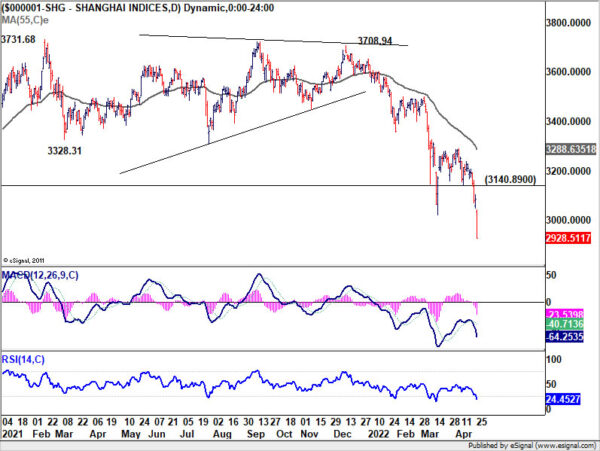
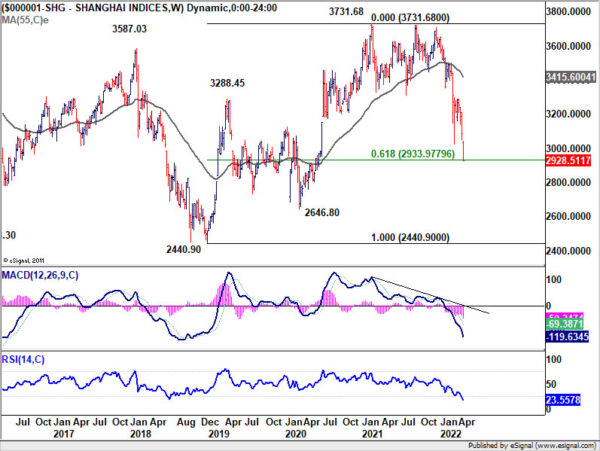
The decline in Chinese Yuan also looks unstoppable, even after the worst week since 2015 last week. USD/CNH (offshore Yuan) surged through 6.6 handle today, breaking through another important medium term resistance at 6.5872 (2021 high).
The next hurdle is long term fibonacci resistance at 38.2% retracement of 7.1961 (2020 high) to 6.3057 (2022 low) at 6.6458. Strong resistance is expected there to cap upside on first attempt. But overall, break of 6.5214 support is needed to indicate short term topping. Otherwise, outlook will stay bullish in case of retreat. That is, there would be more downside in Yuan then not.
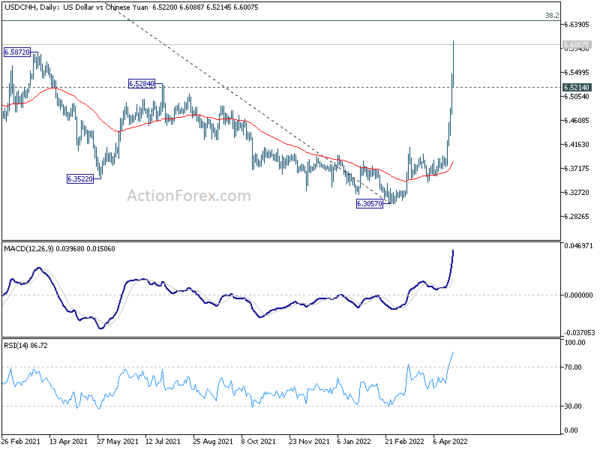
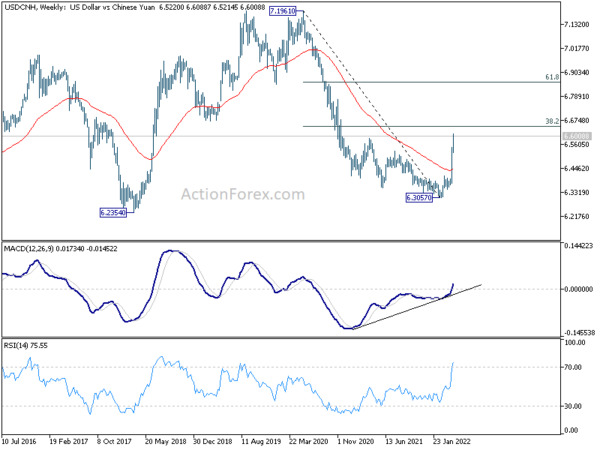
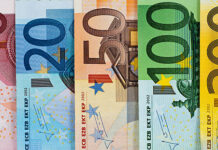



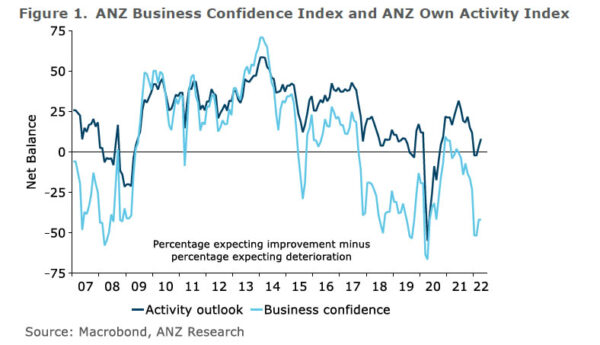

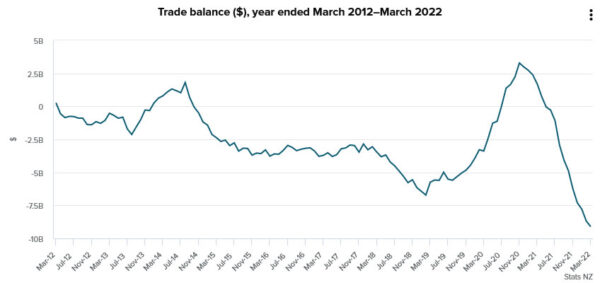
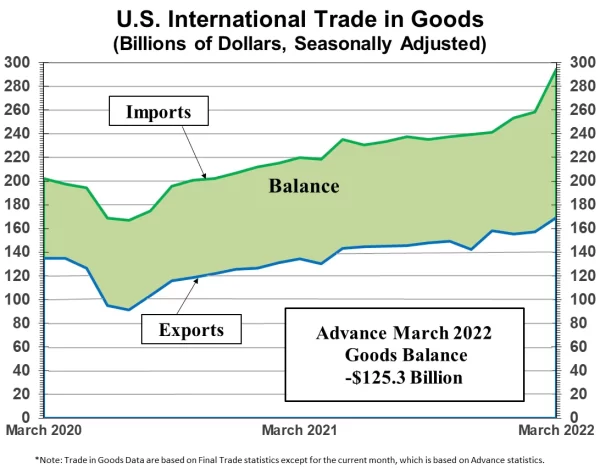
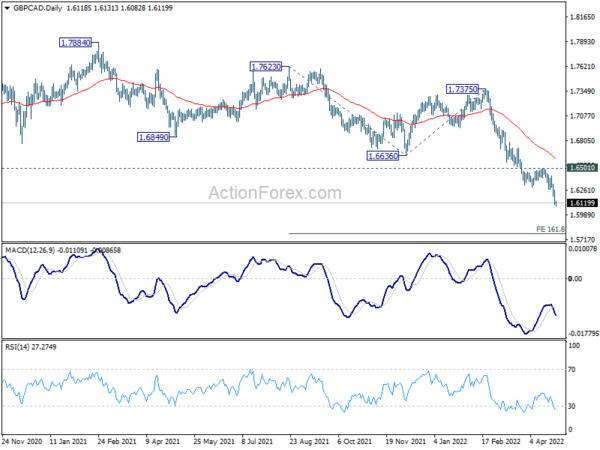
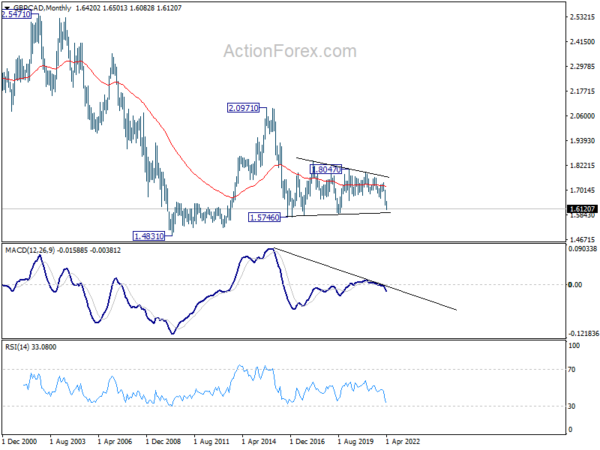
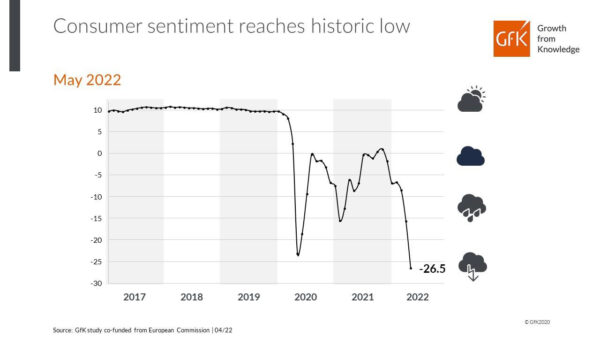
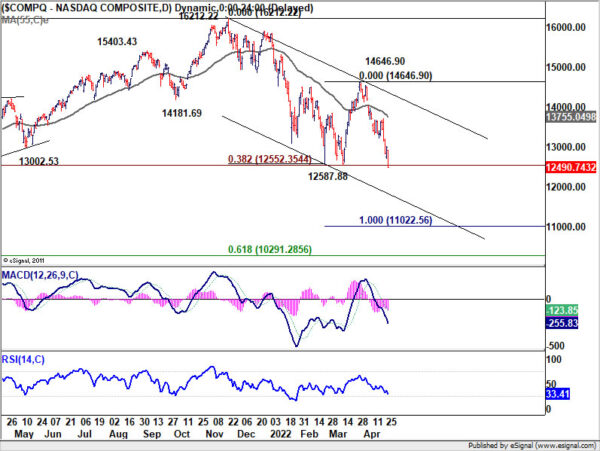
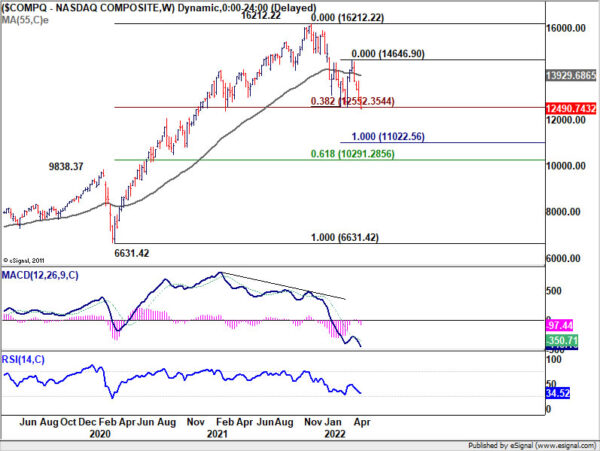
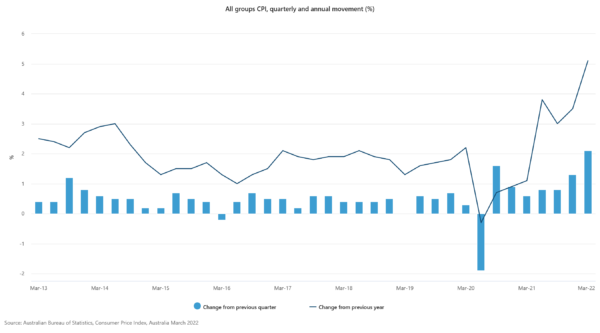
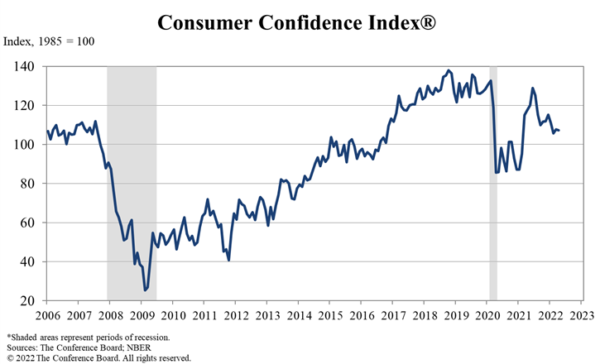
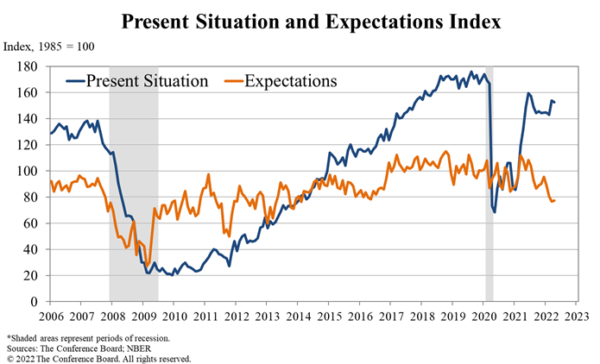
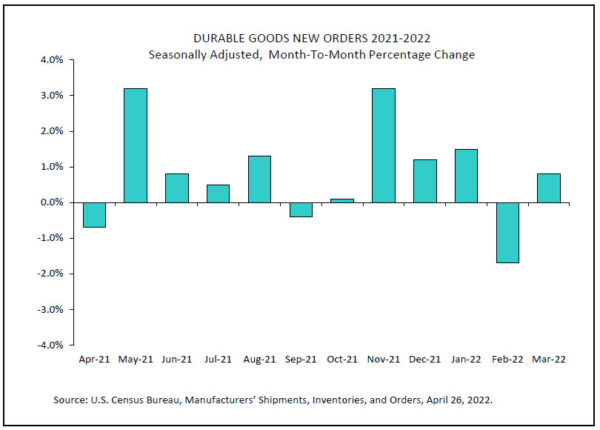
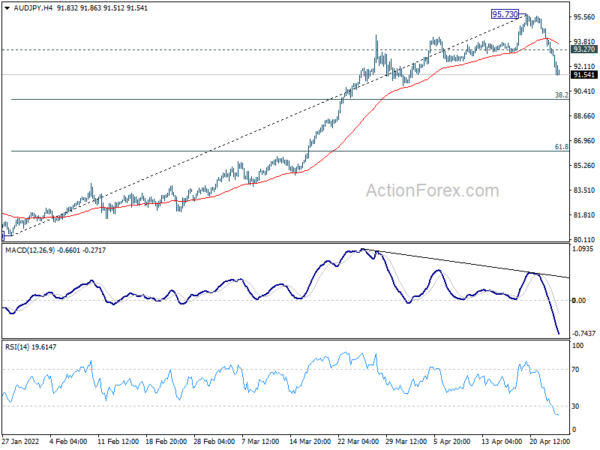
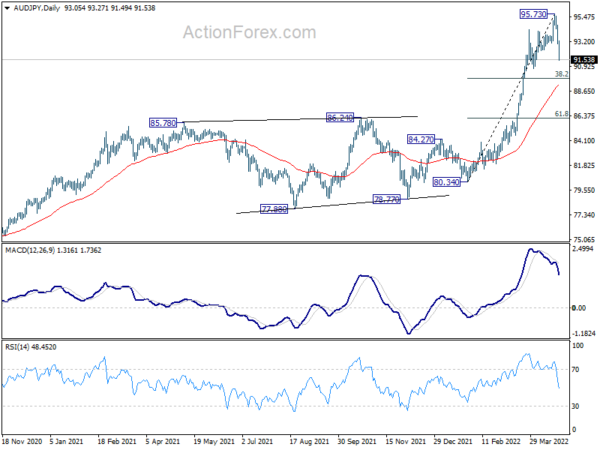
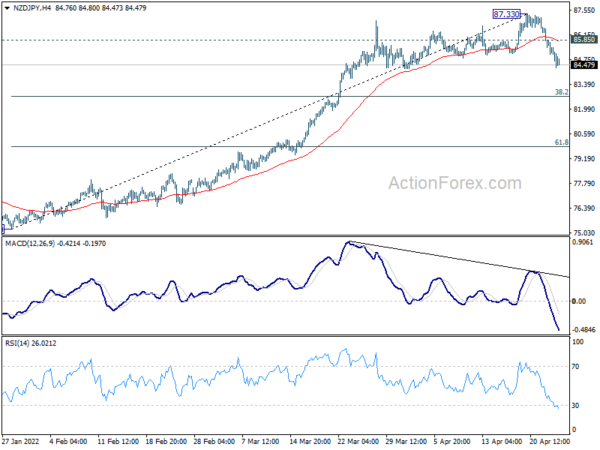
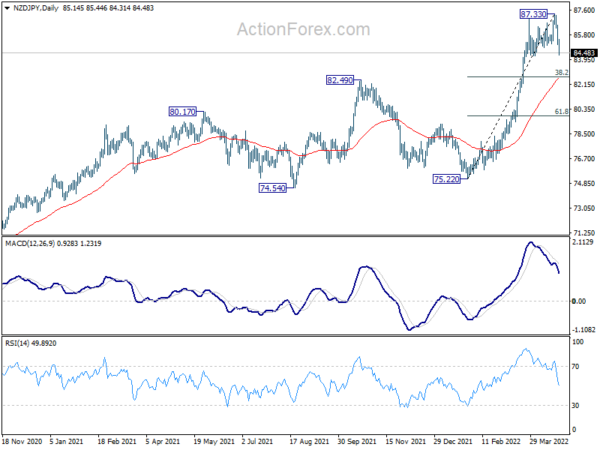
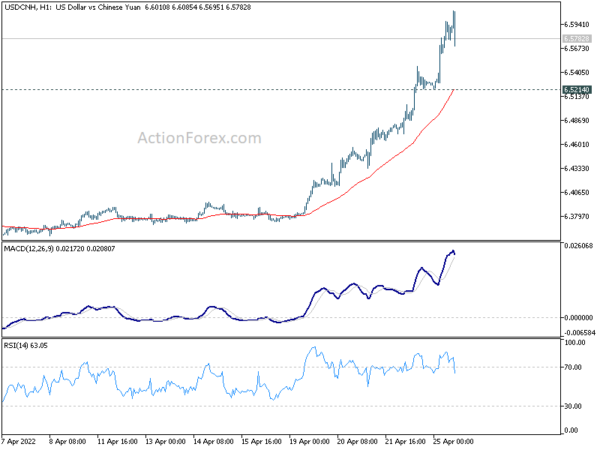




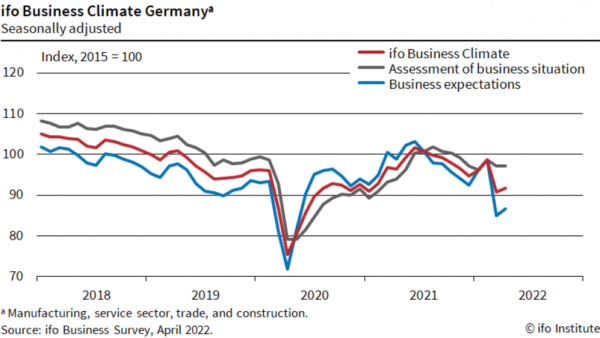
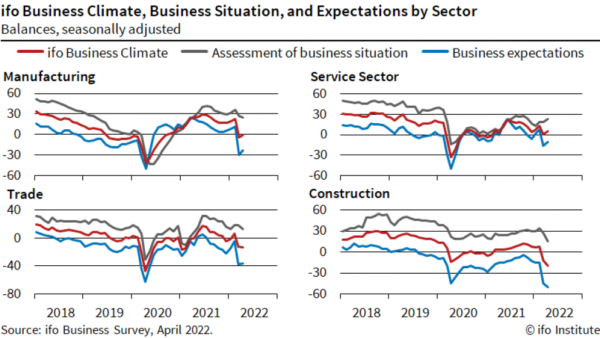
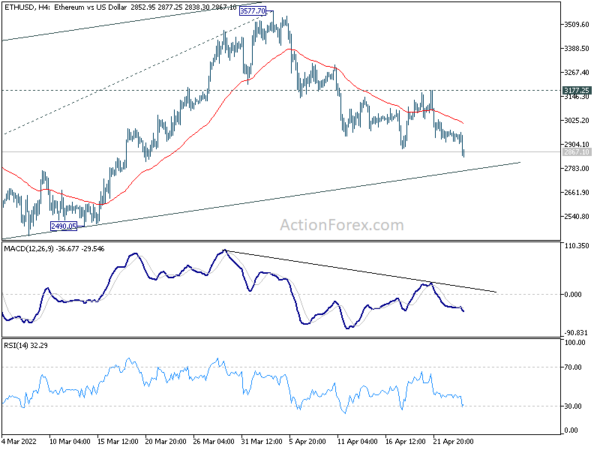
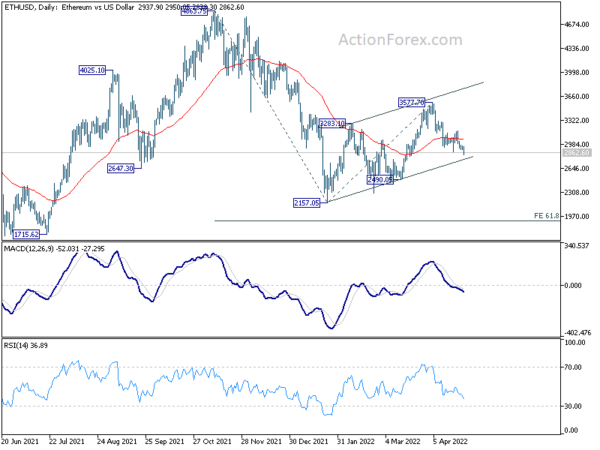
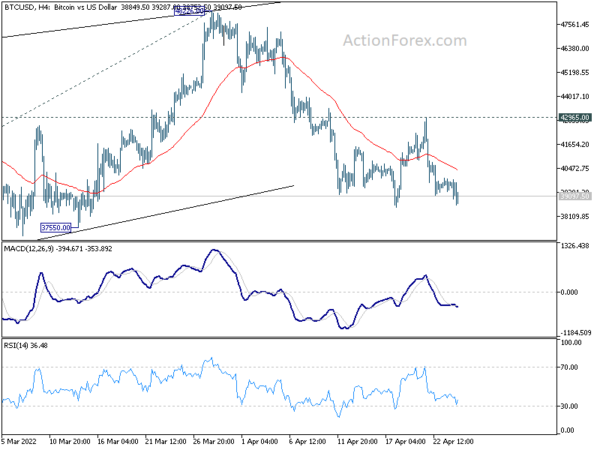
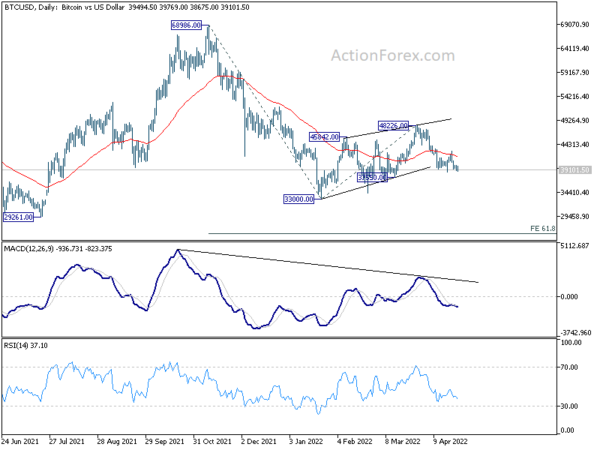

BoJ stands pat, maintains dovish bias
BoJ left monetary policy unchanged as widely expected, by 8-1 vote, with dove Goushi Kataoka dissented again. Under the yield curve control framework, short-term policy interest rate is held at -0.10%. 10-year JGB yield target is kept at around 0%, without upper limit on JGB purchases. BoJ also clarified that it will offer to purchase 10-year JGBs at 0.25% every business day through fixed-rate purchase operations.
The central bank also reiterated that it will “expanding the monetary base until the year-on-year rate of increase in the observed consumer price index (CPI, all items less fresh food) exceeds 2 percent and stays above the target in a stable manner.”
It also pledged that it “will not hesitate to take additional easing measures if necessary; it also expects short- and long-term policy interest rates to remain at their present or lower levels.”
In the new economic projections, GDP is forecast to grow:
CPI (all items less fresh food) is expected to be at:
Full statement here.
Full Outlook for Economic Activity and Prices here.